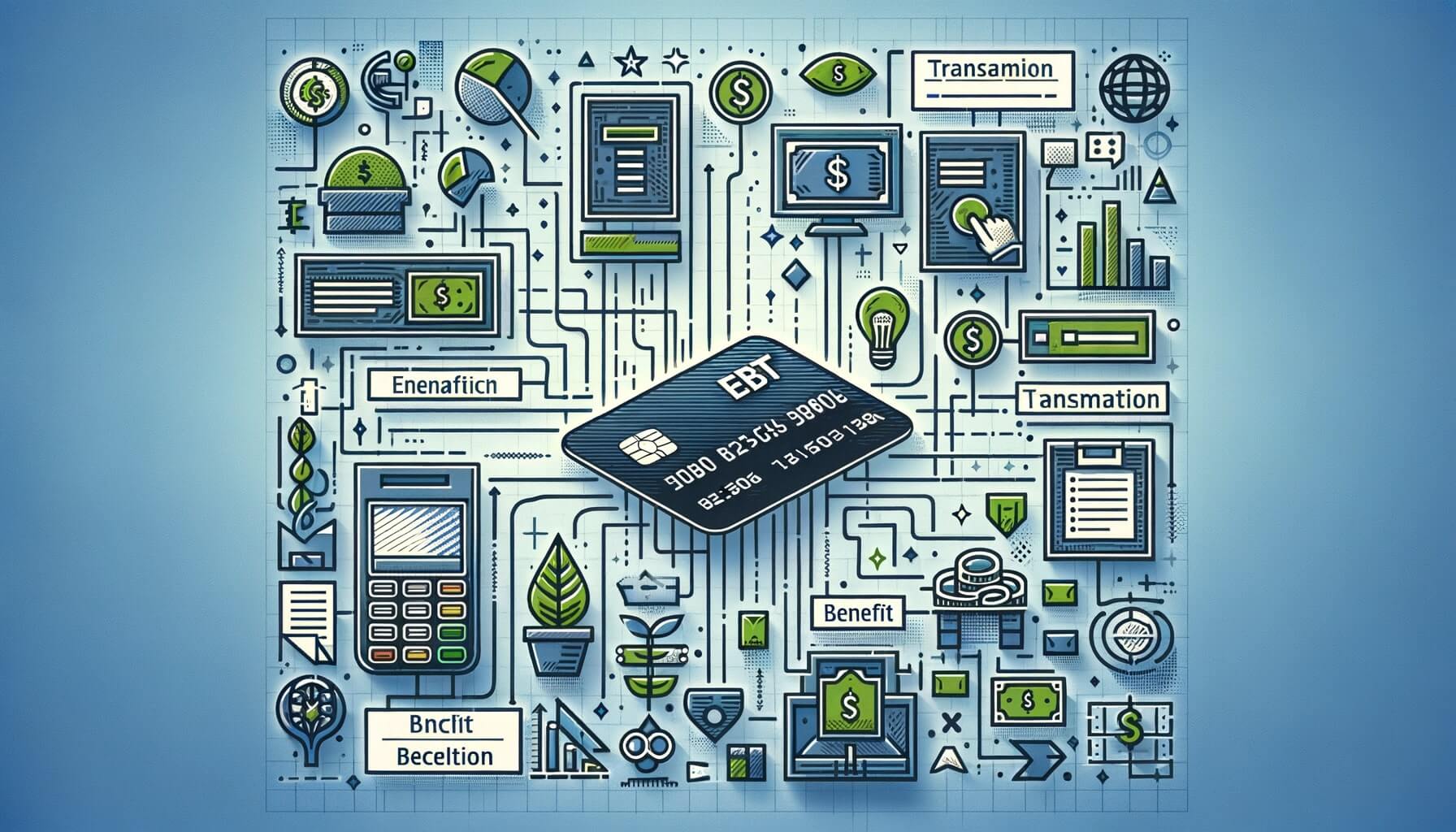
By Ethan Brooks February 9, 2025
Electronic Benefit Transfer (EBT) is a system that allows recipients of government assistance programs to receive and use their benefits electronically. This system eliminates the need for paper checks and vouchers, making it more convenient and secure for both recipients and government agencies.
In this article, we will explore the basics of EBT payments, including how it works, eligibility criteria, types of programs and benefits available, the payment process, restrictions and prohibited items, common errors and troubleshooting, and frequently asked questions.
Understanding Electronic Benefit Transfer (EBT)
Electronic Benefit Transfer (EBT) is a method of delivering government assistance benefits to eligible individuals and families. It is a secure and efficient way to distribute benefits such as Supplemental Nutrition Assistance Program (SNAP) benefits, Temporary Assistance for Needy Families (TANF) benefits, and Women, Infants, and Children (WIC) benefits. EBT payments are made through a plastic card, similar to a debit or credit card, which can be used at authorized retailers to purchase eligible items.
EBT Card: What is it and How Does it Work?
An EBT card is a plastic card that looks similar to a debit or credit card. It contains a magnetic stripe or a chip that stores the recipient’s benefit account information. The card is issued by the government agency responsible for administering the assistance program, such as the Department of Social Services or the Department of Agriculture. Recipients receive their EBT card in the mail and must activate it by calling a toll-free number or visiting a website.
Once activated, the EBT card can be used at authorized retailers that accept EBT payments. To make a purchase, the recipient swipes or inserts the card into a point-of-sale (POS) device and enters their personal identification number (PIN). The POS device verifies the account balance and deducts the purchase amount from the recipient’s benefit account. It is important to note that EBT cards can only be used to purchase eligible items and cannot be used to withdraw cash.
Eligibility Criteria for EBT Benefits
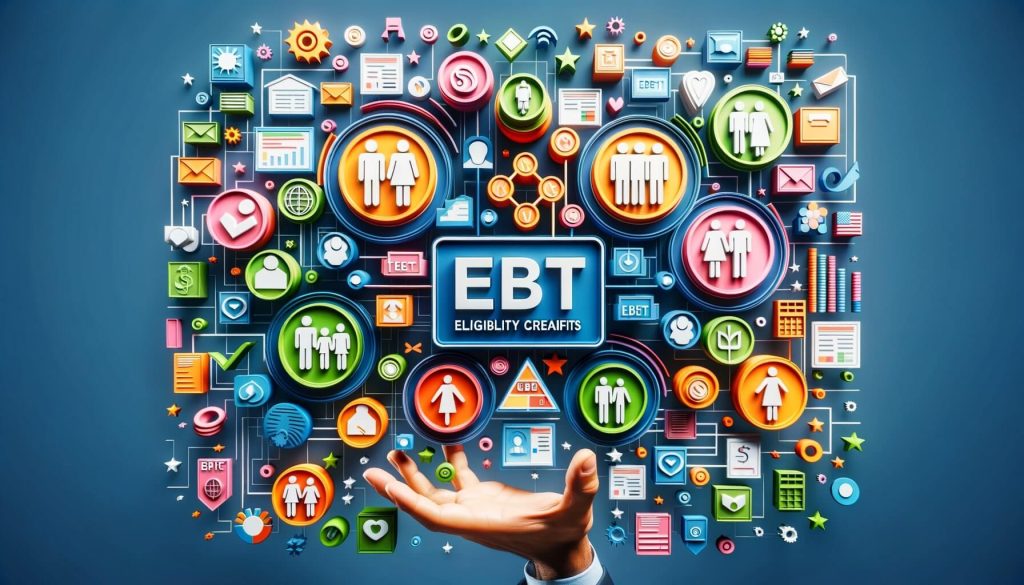
To be eligible for EBT benefits, individuals and families must meet certain criteria set by the government agency administering the program. The eligibility criteria vary depending on the specific program, but generally, recipients must have a low income and meet certain asset limits. They must also be U.S. citizens or qualified non-citizens and reside in the state where they are applying for benefits.
The income limits for EBT benefits are based on the Federal Poverty Level (FPL), which is updated annually by the Department of Health and Human Services. The asset limits, on the other hand, vary by program and state. For example, SNAP has a maximum gross income limit of 130% of the FPL, while TANF has both income and asset limits that vary by state.
Types of EBT Programs and Benefits Available
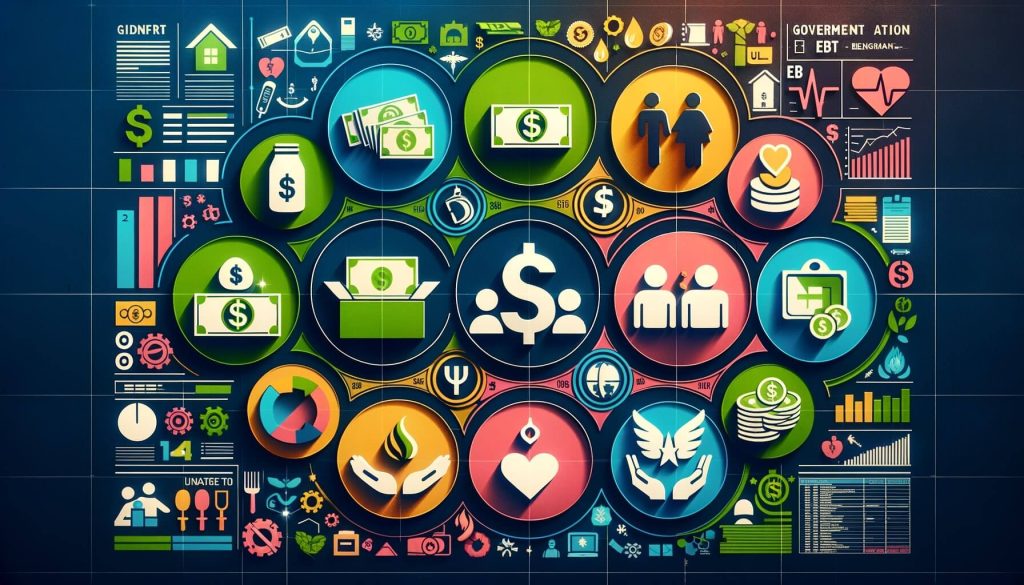
There are several types of EBT programs and benefits available to eligible individuals and families. The most common programs include SNAP, TANF, and WIC.
SNAP, also known as the food stamp program, provides eligible individuals and families with funds to purchase food. The benefits are loaded onto the recipient’s EBT card each month and can be used to buy a wide variety of food items, including fruits, vegetables, meat, dairy products, and bread.
TANF provides temporary financial assistance to low-income families with dependent children. The benefits are intended to help families meet their basic needs, such as food, shelter, and clothing. TANF benefits are also loaded onto the recipient’s EBT card and can be used to purchase eligible items.
WIC is a supplemental nutrition program for women, infants, and children. It provides eligible individuals with funds to purchase nutritious food, such as fruits, vegetables, whole grains, and dairy products. WIC benefits are typically issued in the form of paper vouchers, but some states have transitioned to EBT cards for added convenience.
EBT Payment Process: Step-by-Step Guide
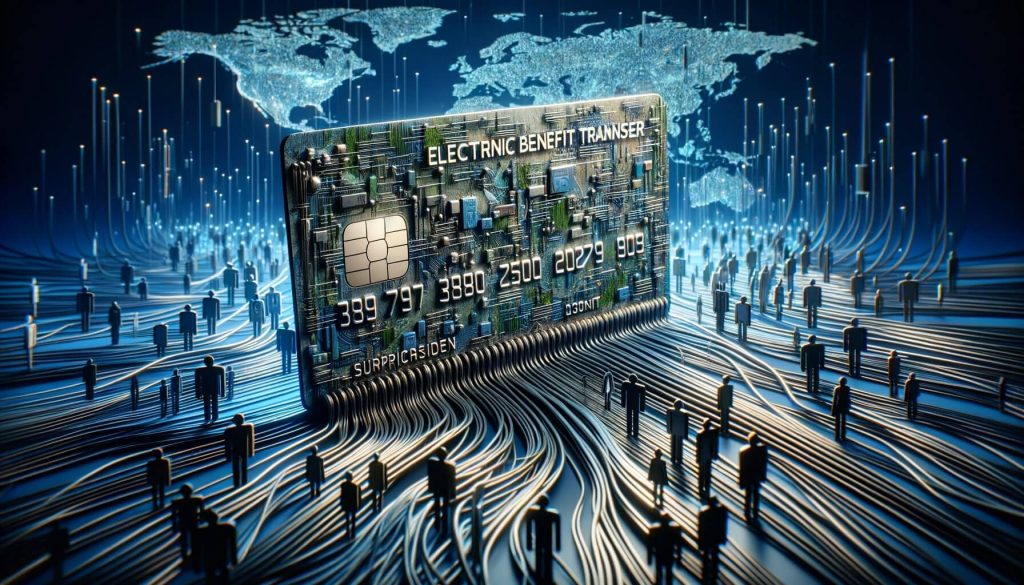
The EBT payment process involves several steps, from applying for benefits to using the EBT card at authorized retailers. Here is a step-by-step guide to help you understand the process:
1. Determine eligibility: Before applying for EBT benefits, you must determine if you meet the eligibility criteria set by the government agency administering the program. This may involve providing proof of income, residency, and citizenship.
2. Apply for benefits: Once you have determined your eligibility, you can apply for EBT benefits by completing an application form. The form can usually be obtained online or from the local office of the administering agency. You will need to provide personal information, income details, and other relevant documents.
3. Attend an interview: In some cases, applicants may be required to attend an interview with a caseworker to verify their eligibility and provide additional information. The interview may be conducted in person or over the phone.
4. Receive EBT card: If your application is approved, you will receive an EBT card in the mail. The card will be pre-loaded with your benefits, and you will need to activate it before you can use it.
5. Activate EBT card: To activate your EBT card, you will need to call a toll-free number or visit a website provided by the administering agency. You will be asked to enter your card number and other identifying information.
6. Set up a PIN: Once your card is activated, you will need to set up a personal identification number (PIN) to use the card at authorized retailers. Choose a PIN that is easy for you to remember but difficult for others to guess.
7. Check account balance: Before making a purchase, it is important to check your EBT account balance to ensure you have enough funds. You can do this by calling a toll-free number, visiting a website, or using a mobile app provided by the administering agency.
8. Make a purchase: When you are ready to make a purchase, simply swipe or insert your EBT card into the POS device at the checkout counter. Enter your PIN when prompted, and the purchase amount will be deducted from your benefit account.
9. Keep track of receipts: It is important to keep track of your receipts to monitor your spending and verify the accuracy of your EBT transactions. You may need to provide receipts as proof of purchase or in case of any discrepancies.
10. Report lost or stolen card: If your EBT card is lost or stolen, it is important to report it immediately to the administering agency. They will deactivate the card to prevent unauthorized use and issue a replacement card.
EBT Payment Restrictions and Prohibited Items
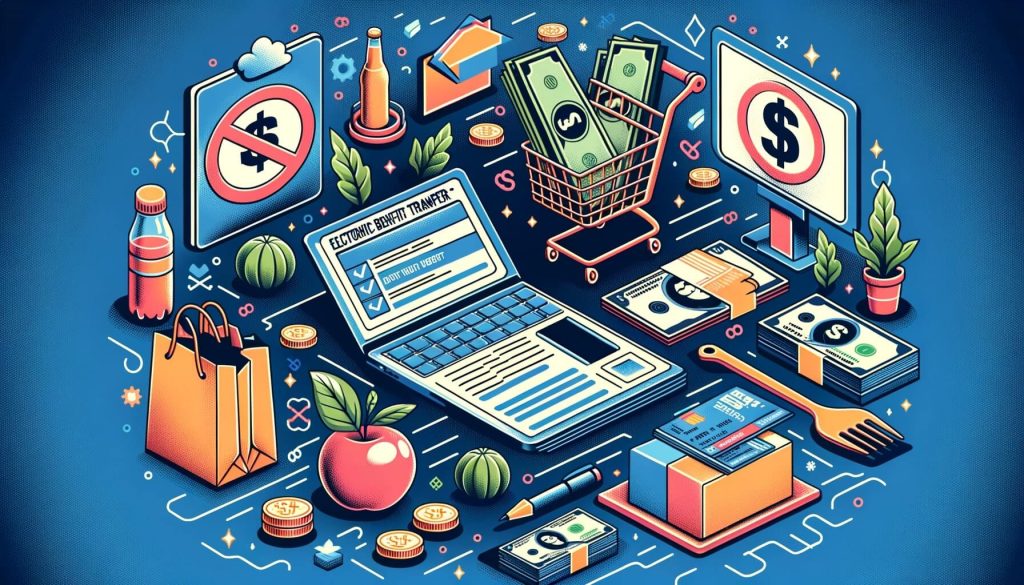
While EBT cards provide recipients with the flexibility to purchase a wide variety of eligible items, there are certain restrictions and prohibited items that must be adhered to. These restrictions are in place to ensure that EBT benefits are used for their intended purpose and to prevent misuse or fraud.
EBT benefits can only be used to purchase food items that are intended for human consumption. This includes fruits, vegetables, meat, dairy products, bread, and other staple food items. Non-food items, such as pet food, alcohol, tobacco, vitamins, and hot prepared foods, are generally not eligible for purchase with EBT benefits.
Additionally, EBT benefits cannot be used to withdraw cash from an ATM or to pay for services such as rent, utilities, or medical expenses. Recipients are also prohibited from selling or trading their EBT benefits for cash or other items.
EBT Payment Errors and Troubleshooting
While the EBT system is designed to be efficient and accurate, errors can sometimes occur. These errors can range from incorrect benefit amounts to technical issues with the EBT card or POS device. It is important to be aware of common errors and know how to troubleshoot them.
One common error is an incorrect benefit amount being loaded onto the EBT card. This can happen due to a mistake in the application process or a change in the recipient’s circumstances. If you believe that your benefit amount is incorrect, you should contact the administering agency to request a review or adjustment.
Another common error is a declined transaction at the point of sale. This can happen if there is a technical issue with the EBT card or POS device, or if the recipient’s benefit account does not have sufficient funds. If your transaction is declined, you should check your account balance and ensure that you are purchasing eligible items. If the issue persists, you should contact the administering agency for assistance.
In some cases, recipients may encounter issues with their EBT card, such as a lost or stolen card, a damaged card, or a card that is not working properly. If you experience any issues with your EBT card, you should contact the administering agency immediately to report the problem and request a replacement card.
Frequently Asked Questions (FAQs) about EBT Payments
Q1: Can I use my EBT card at any store?
A1: EBT cards can only be used at authorized retailers that have been approved by the administering agency. These retailers include grocery stores, supermarkets, farmers markets, and other food retailers. It is important to look for the “EBT Accepted Here” sign or ask the store cashier if they accept EBT payments before making a purchase.
Q2: Can I use my EBT card to buy hot prepared foods?
A2: In most cases, EBT benefits cannot be used to purchase hot prepared foods that are meant for immediate consumption. However, there are some exceptions to this rule, such as homeless individuals who do not have access to cooking facilities. Each state has its own guidelines regarding the purchase of hot prepared foods with EBT benefits, so it is important to check with the administering agency for specific rules.
Q3: Can I use my EBT card to buy non-food items?
A3: EBT benefits can only be used to purchase food items that are intended for human consumption. Non-food items, such as pet food, alcohol, tobacco, vitamins, and hot prepared foods, are generally not eligible for purchase with EBT benefits. However, there are some exceptions to this rule, such as seeds and plants that produce food for the household. Again, it is important to check with the administering agency for specific rules.
Q4: What should I do if my EBT card is lost or stolen?
A4: If your EBT card is lost or stolen, you should contact the administering agency immediately to report the problem. They will deactivate the card to prevent unauthorized use and issue a replacement card. It is important to report the loss or theft as soon as possible to minimize the risk of fraudulent activity.
Q5: What should I do if my EBT card is not working?
A5: If your EBT card is not working properly, you should contact the administering agency for assistance. They will be able to troubleshoot the issue and provide guidance on how to resolve it. In some cases, you may need to request a replacement card if the issue cannot be resolved.
Conclusion
EBT payments have revolutionized the way government assistance benefits are distributed and used. The system provides a convenient and secure way for eligible individuals and families to access and utilize their benefits.
By understanding the basics of EBT payments, including how it works, eligibility criteria, types of programs and benefits available, the payment process, restrictions and prohibited items, common errors and troubleshooting, and frequently asked questions, recipients can make the most of their benefits and ensure a smooth and hassle-free experience.